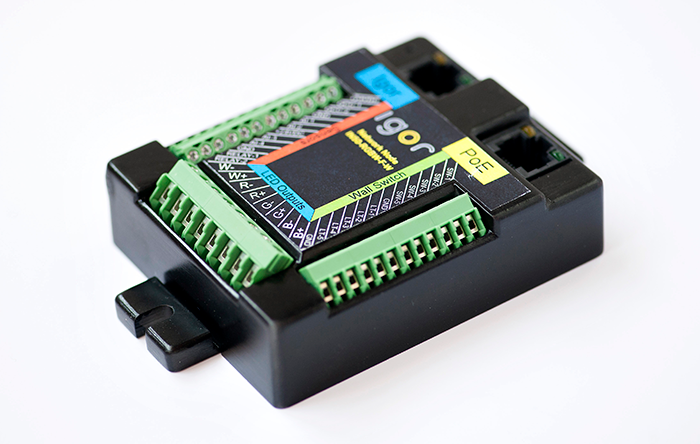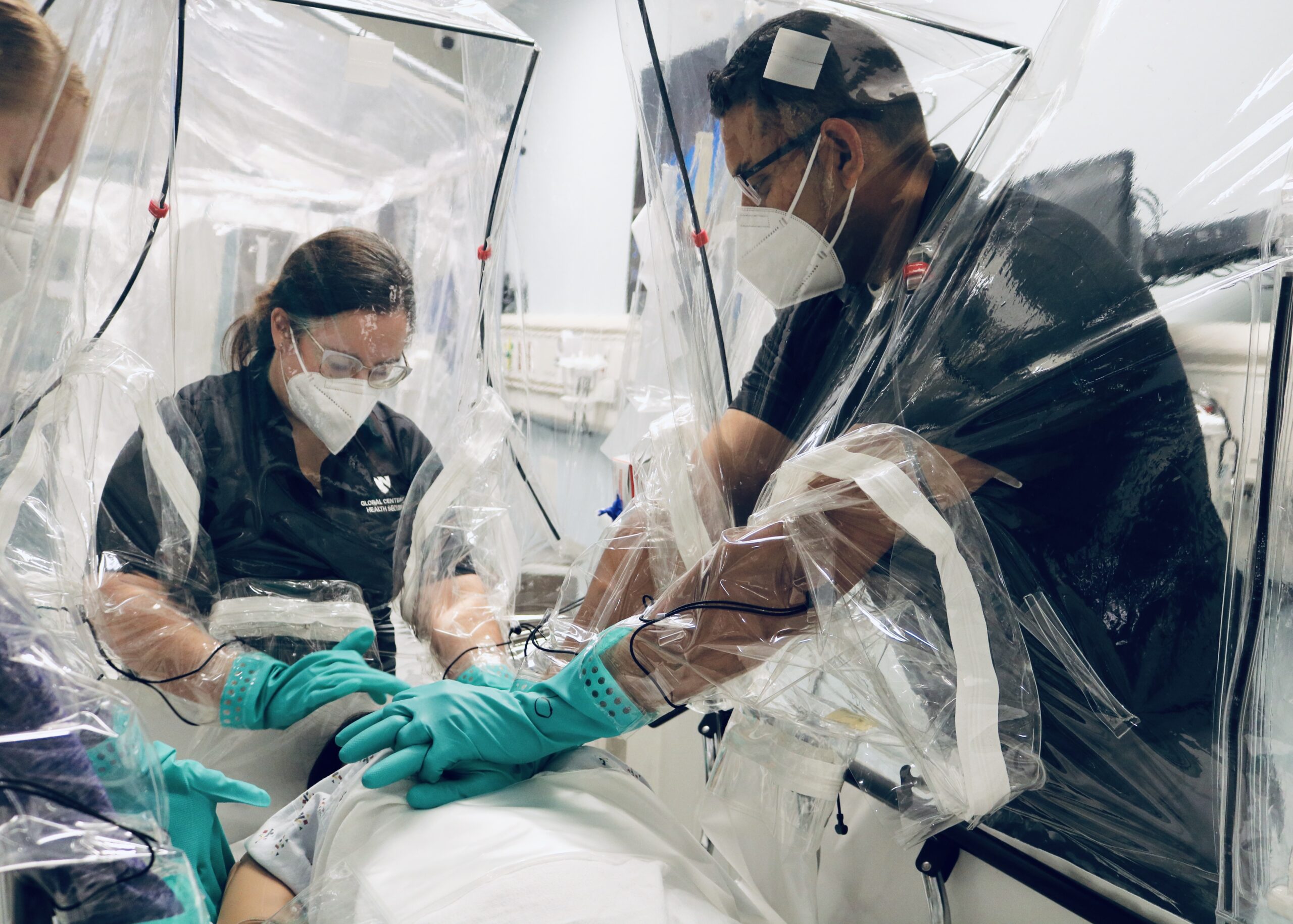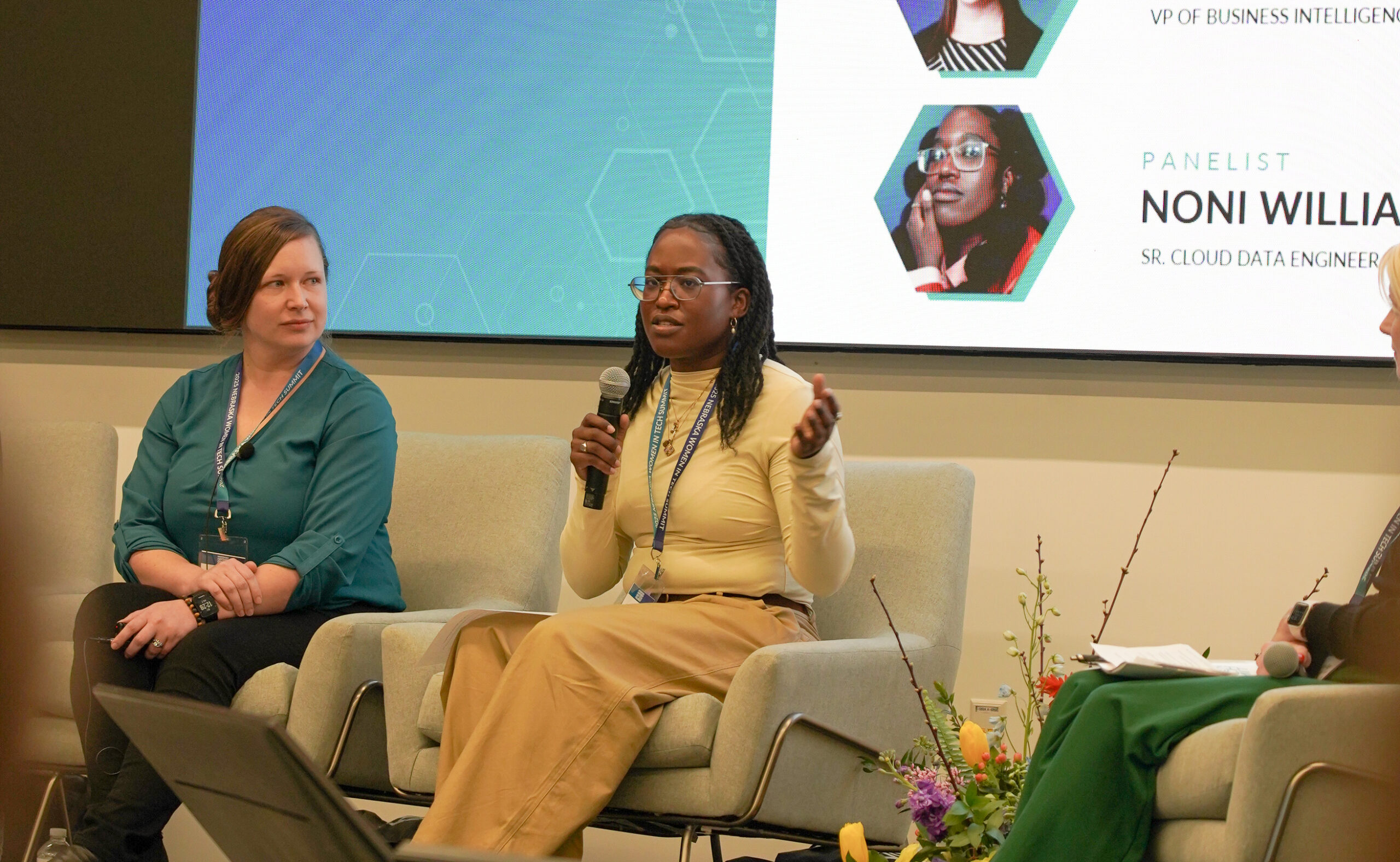
When considering a physical location for a company, there’s more to think about than just the cost per square foot. Heating and cooling that space and even just keeping the lights on are big expenses to consider. The Johnston-based company Igor hopes to reduce operating costs for businesses by reducing their energy consumption using analytics and sensor capabilities.
How Igor works
In 2003, Dwight Stewart co-founded Quality Attributes Software, integrating building control systems in the US Capitol Complex, as well as NASA, Harvard and Yale. Stewart and his partners sold the company in 2009 and left the company all together two years laters.
From there, Stewart started working with Cisco Systems (with the California company serving as an influencer, not an investor) on the idea of powering lights using the ethernet, rather than traditional power sources. That idea grew into Igor.
“The power of ethernet had reached the point that it transmitted enough energy to power lights,” Stewart said. “As businesses were switching to LEDs, lights used less energy and it became feasible to make hardware and software to make it all come to life.”
Stewart’s company creates Igor Nodes, which plug into an ethernet connection. Lights, phones, cameras and more get their power through the nodes and can be set to turn off and on based on motion sensors. The power usage is then sent to an analytics portal, allowing Igor to provide tips on how to reduce energy consumption.
“A business might find out that that they’re not using 10 percent of their space, so maybe they shouldn’t be leasing it all,” Stewart said. “Or they’re using their lights more than they need to when people aren’t there, which lets them reduce their energy cost.”
Hardware is hard
Stewart’s background is in software, but creating Igor Nodes meant getting into the hardware game. That’s when Stewart realized that working with hardware meant things had to get more flexible when it came to timelines.
“With software, you can have a cycle where you code for five minutes, compile for two seconds and test for five seconds and you see your results,” Stewart said. “With hardware, you have to construct a design, which might take a few weeks; then you prototype it, which takes a few weeks and thousands of dollars. Then you have to evaluate it, test it and ship it. Then you repeat that process.
“So what takes five minutes for software is a two month process for hardware. And in a lot of industries, you don’t have to be super polished to get to market, but the lighting industry is a real time operating environment. When you flip a switch, it needs to work immediately. Everything had to be vetted and meet a minimum standard. It’s a pretty high barrier for entry.”
Stewart considers Igor to primarily be a software company, but it does hardware to ensure things run on its network.
The light at the end of the tunnel
While everyone is abuzz about self-driving cars, Stewart is excited about the possibility of an “autopilot” feature for retail and living spaces. Tesla is collecting data from millions of miles of driving every year to perfect its system; Stewart’s goal is for Igor to do the same for the time we’re in buildings.
“Using all the data we’re accumulating will let us reduce costs so that everyone benefits,” Stewart said. “Our focus is to leverage this as an open platform to let others innovate on it while we focus on a few core products.”
Down the road, Stewart also sees potential for Igor to be used in private homes, as well as retail spaces.
“For now, there is enough for us to juggle in retail, but as the opportunity matures, I think going residential is a clear choice,” Stewart said. “Residential would require more fixture types, but it’s definitely on the road map.”




